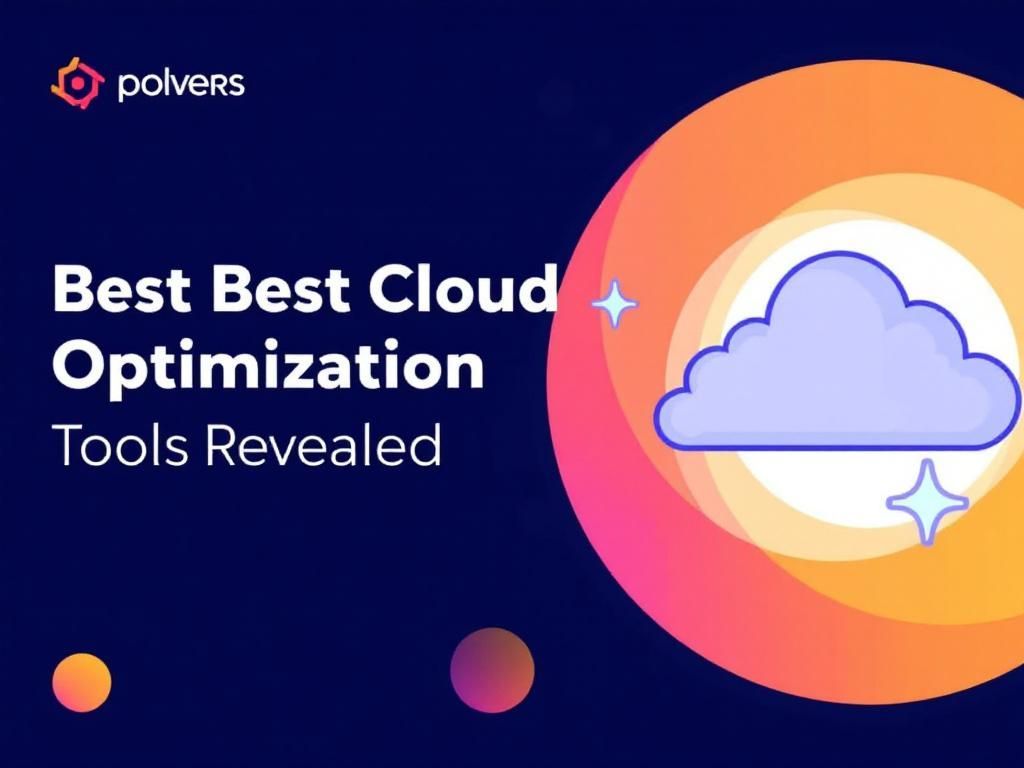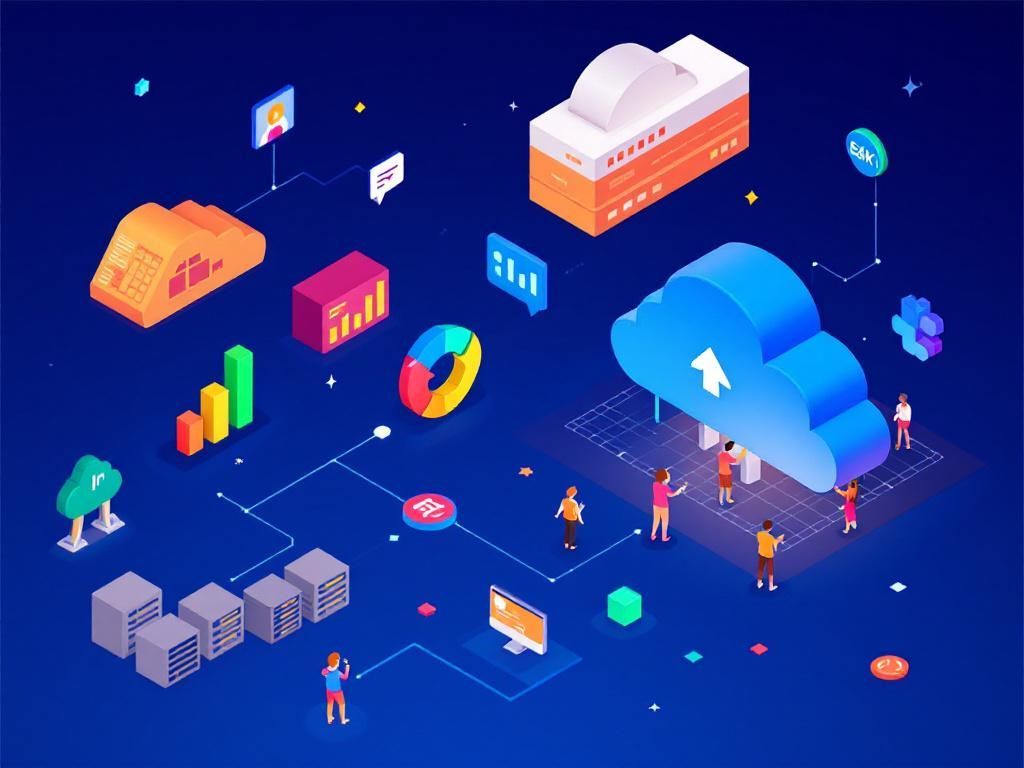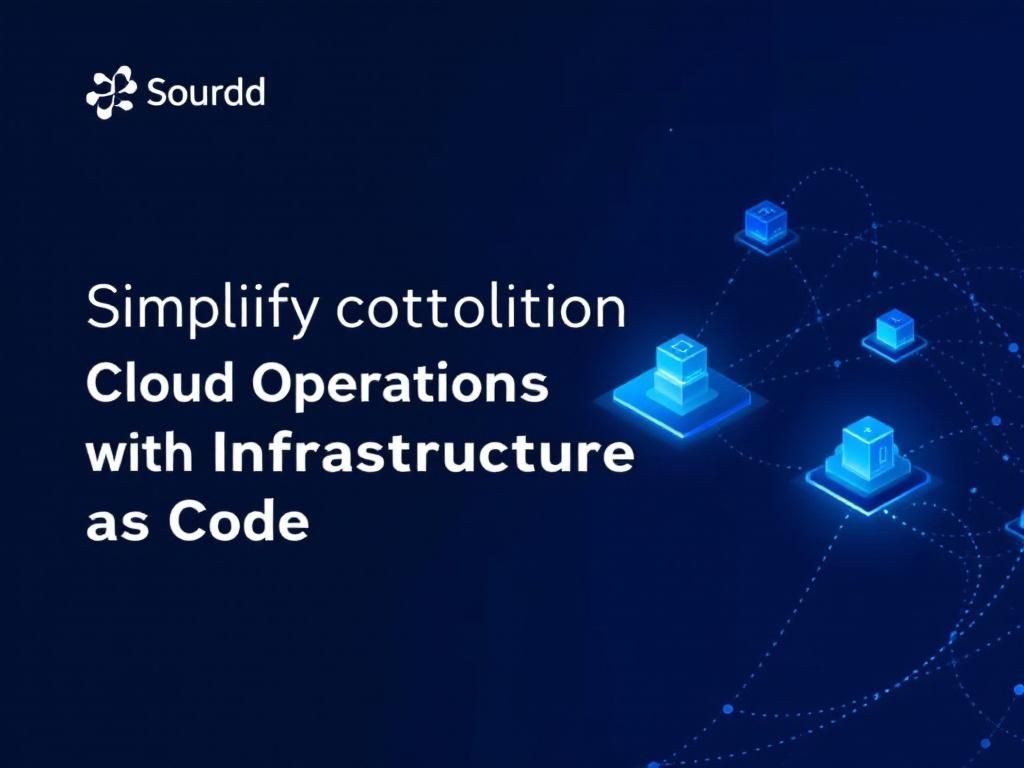Boost Your Skills with Serverless Architecture Insights
Discover key insights into serverless architecture and how it can enhance your skills, streamline development, and reduce infrastructure costs.

In today’s fast-paced technological landscape, traditional server management can often slow down development processes and make scaling applications a complex endeavor. Enter serverless architecture, a revolutionary approach that allows developers to build and run applications without the need for server management. This paradigm shift not only streamlines development but also enhances efficiency and scalability. In this article, we’ll delve deep into the insights of serverless architecture, its benefits, challenges, and how you can leverage it to boost your skills in the tech industry.
Table of Contents
Understanding Serverless Architecture
Serverless architecture isn’t about eliminating servers; rather, it abstracts server management away from developers. This model allows developers to focus on writing code while the cloud provider manages the server infrastructure. The key components of serverless architecture include:
- Function as a Service (FaaS): This is the core of serverless computing, allowing developers to execute code in response to events without worrying about server provisioning.
- Backend as a Service (BaaS): This provides pre-built backend services, such as databases, authentication, and storage, which developers can use to streamline application development.
Benefits of Serverless Architecture
Serverless architecture offers several advantages that can significantly improve your development process:
1. Cost Efficiency
With serverless computing, you only pay for what you use. Instead of maintaining a server that runs continuously, you are charged based on the number of requests or the compute time your code consumes. This can lead to substantial cost savings, especially for applications with variable traffic.
2. Scalability
Serverless applications automatically scale with demand, meaning you can handle spikes in traffic without worrying about server capacity. This elasticity allows businesses to meet user needs instantaneously.
3. Faster Time to Market
By eliminating the need for server management, developers can focus on core functionality and innovation, speeding up the development cycle. This allows startups and businesses to deploy their applications more quickly.
Challenges in Serverless Architecture
Though serverless architecture presents numerous benefits, it also comes with its own set of challenges:
1. Cold Starts
One of the primary drawbacks of serverless computing is the ‘cold start’ issue. When a function is not called for a while, the serverless platform may need to spin up a new instance, leading to latency. Addressing this requires careful architecture and possibly keeping functions warm.
2. Vendor Lock-in
Moving to a serverless model often ties you closely to a specific cloud provider, which can lead to vendor lock-in. It’s essential to consider the implications of this when designing your applications.
3. Debugging and Monitoring
Debugging serverless applications can be more challenging because traditional debugging tools may not be as effective. Additionally, monitoring performance and tracking issues require robust logging and monitoring strategies.
Key Technologies in Serverless Architecture
As you delve into the world of serverless computing, becoming familiar with key technologies is vital. Here’s a table summarizing the most popular serverless platforms:
| Platform | Provider | Key Features |
|---|---|---|
| AWS Lambda | Amazon | Supports multiple languages, integrated with various AWS services. |
| Azure Functions | Microsoft | Seamless integration with Azure services, supports C# and JavaScript. |
| Google Cloud Functions | Automatic scaling, easy integration with Google Cloud services. | |
| IBM Cloud Functions | IBM | OpenWhisk based, supports various languages, flexible deployment options. |
Architectural Patterns for Serverless
Embracing serverless architecture requires understanding its architectural patterns. Here are some common patterns:
1. Microservices
Breaking down applications into smaller, independent services that communicate over APIs allows for easier deployment and scaling. Serverless architecture fits well into a microservices model, as each function can be deployed and scaled independently.
2. Event-Driven Architecture
Serverless functions are often triggered by events—such as HTTP requests, database changes, or message queue events. This pattern facilitates a reactive approach, making it easier to build responsive applications.
3. API Gateway
Utilizing an API Gateway allows you to manage and expose your serverless functions as an API. This can simplify the process of creating RESTful services and handling authentication.
Getting Started with Serverless Architecture
If you’re looking to adopt serverless architecture, here are the steps to get started:
- 1. Choose Your Cloud Provider: Select a cloud provider that offers serverless capabilities that meet your needs.
- 2. Define Your Use Case: Identify a project or application where serverless architecture can provide clear benefits.
- 3. Start Small: Begin with a small function or service to understand the serverless execution model.
- 4. Utilize Frameworks: Consider using frameworks like Serverless Framework, AWS SAM, or Azure Functions Core Tools to streamline the development process.
- 5. Monitor and Optimize: Implement monitoring tools to track performance and optimize your functions for cost and efficiency.
Conclusion
Serverless architecture represents a significant shift in how applications are developed and deployed. By understanding its benefits and challenges, as well as the technologies and patterns involved, you can enhance your development skills and stay at the forefront of tech innovation. Embrace serverless computing not just as a trend but as a powerful tool to streamline your workflow and deliver applications that can scale effortlessly. As you dive deeper into this architecture, you’ll unlock new opportunities for creativity and efficiency in your development practices.
FAQ
What is serverless architecture?
Serverless architecture is a cloud computing model where the cloud provider dynamically manages the allocation of machine resources. Developers can build and run applications without worrying about server management.
What are the benefits of using serverless architecture?
Benefits of serverless architecture include reduced operational costs, automatic scaling, faster time to market, and improved developer productivity as it allows developers to focus on code rather than infrastructure.
How does serverless architecture affect application scalability?
Serverless architecture automatically scales applications by allocating resources as needed, allowing them to handle varying levels of traffic without manual intervention.
What are common use cases for serverless architecture?
Common use cases for serverless architecture include real-time data processing, APIs, mobile backends, and event-driven applications, making it versatile for various development needs.
What are some popular serverless platforms?
Popular serverless platforms include AWS Lambda, Azure Functions, Google Cloud Functions, and IBM Cloud Functions, each offering unique features and integrations.
Are there any downsides to using serverless architecture?
While serverless architecture offers many advantages, potential downsides include vendor lock-in, cold start latency issues, and challenges in debugging and monitoring.








